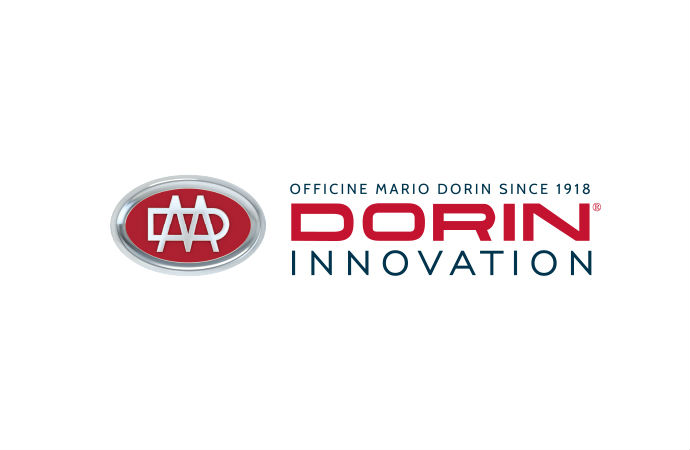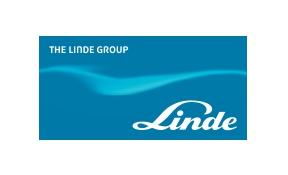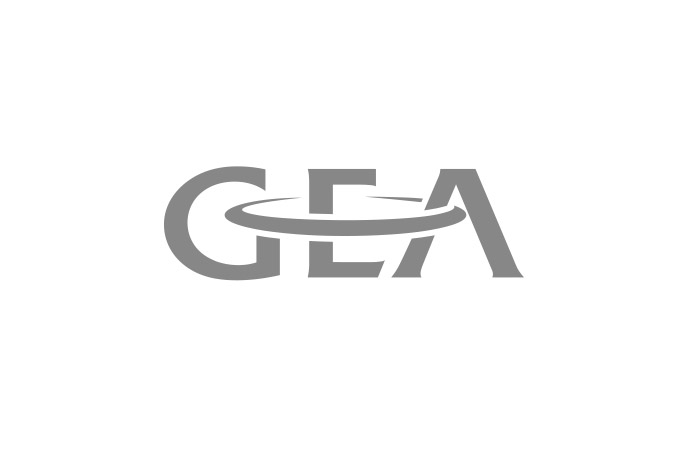The Natural Refrigerants Special Technical Group of the Australian institute for Refrigeration Air-conditioning and Heating (AIRAH) has published a case study on three Aldi supermarkets in Australia that are minimising greenhouse gas emissions by using R290 hydrocarbon chest freezers in their retail frozen food departments.

Located in Victoria, New South Wales and Queensland respectively, the three supermarkets feature between 22 to 24 chest freezers units, that each houses a self-contained R290 hermetic compressor by Danfoss with variable speed drive.
Besides the units that are optimised for freezer duty, the stores also incorporate two dual-temperature units that can run on either chiller or freezer duty.
Technical information
The case study lists the following technical information:
Savings of about 17 tonnes of GHG emissions per year
The case study compares the R290 chest freezers solution to a R404a two-stage system as well as a CO2/R134a cascade, to find that by using the R290, greenhouse gas emissions savings of approximately 17 tonnes per year can be realised.
Besides the units that are optimised for freezer duty, the stores also incorporate two dual-temperature units that can run on either chiller or freezer duty.
Technical information
The case study lists the following technical information:
- Refrigerant: R290 hydrocarbon
- Approximate refrigerant charge: 110g per unit
- Compressor: Danfoss hermetic variable speed
- Condenser: No-fin tube type with EC fan de-super heater
- Design temperature: -18°C to -23°C standard or 0°C to +20°C for dual temperature
- Net contents per unit: 881 litres
- Nominal power consumption: 450W per unit
- Refrigeration plant capacity: 0.5kW per unit or approx 11kW per store
Savings of about 17 tonnes of GHG emissions per year
The case study compares the R290 chest freezers solution to a R404a two-stage system as well as a CO2/R134a cascade, to find that by using the R290, greenhouse gas emissions savings of approximately 17 tonnes per year can be realised.
- Indirect emissions: The energy efficiency of the R290 system has been found to be equivalent to that of a two-stage R404a system, particularly for locations in Australia’s southern states, where the extra heat emission in the store air conditioning is more than offset by the reduced heating requirements in winter. The R290 system uses slightly more energy than CO2/R134a cascade system, with the latter therefore encompassing slightly lower indirect emissions than R290 that are however offset by higher direct emissions due to refrigerant leakage.
- Direct emissions: When refrigerant leakage and refrigerant recovery losses (refrigerant that is not recovered at the end of the equipment life) are taken into account, R290 is assessed to save approximately 17 tonnes of greenhouse gas emissions per year compared to a R404a two- stage system when a 5% annual leakage rate is assumed for the latter. Assuming a 3% annual leakage rate for R404a case, greenhouse gas emissions savings are still in the order of 12 tonnes per year.
MORE INFORMATION
Related stories
















